Geopolitical Factors
Geopolitical factors are increasingly shaping the Unconventional Gas Market, as nations seek energy independence and security. Countries rich in unconventional gas resources are leveraging these assets to reduce reliance on imported fuels, which can be subject to price volatility and supply disruptions. For instance, the United States has transformed its energy landscape by becoming a leading producer of shale gas, which has implications for global energy markets. This shift not only enhances national security but also influences international relations, as energy-exporting nations navigate the complexities of global trade and diplomacy.
Rising Energy Demand
The Unconventional Gas Market is experiencing a surge in energy demand, driven by population growth and industrialization. As economies expand, the need for reliable and cleaner energy sources becomes paramount. According to recent data, energy consumption is projected to increase by approximately 30% by 2040. This rising demand is likely to propel the exploration and production of unconventional gas resources, such as shale gas and tight gas, which are seen as viable alternatives to traditional fossil fuels. The industry's ability to meet this demand could significantly influence energy prices and supply stability, thereby shaping the future landscape of the energy sector.
Investment Opportunities
Investment opportunities within the Unconventional Gas Market are expanding, driven by the potential for high returns and the growing demand for energy. Financial institutions and private investors are increasingly recognizing the value of unconventional gas assets, particularly in regions with abundant reserves. Recent reports indicate that investments in unconventional gas projects have surged, with billions allocated to exploration and production initiatives. This influx of capital is likely to stimulate technological advancements and operational efficiencies, further solidifying the role of unconventional gas in the global energy mix.
Technological Innovations
Technological innovations play a pivotal role in the Unconventional Gas Market, enhancing extraction and production efficiency. Advances in hydraulic fracturing and horizontal drilling have revolutionized the ability to access previously unreachable gas reserves. Data suggests that these technologies have increased production rates significantly, with some regions reporting output increases of over 100% in recent years. As these technologies continue to evolve, they may further reduce costs and environmental impacts, making unconventional gas a more attractive option for energy producers and consumers alike.
Environmental Considerations
The Unconventional Gas Market is increasingly influenced by environmental considerations, as stakeholders seek cleaner energy solutions. The shift towards unconventional gas is often viewed as a bridge to a more sustainable energy future, given its lower carbon emissions compared to coal and oil. Recent studies indicate that natural gas can reduce greenhouse gas emissions by up to 50% when replacing coal for electricity generation. This environmental advantage positions unconventional gas as a critical component in the transition to renewable energy sources, potentially attracting investments and regulatory support aimed at reducing carbon footprints.


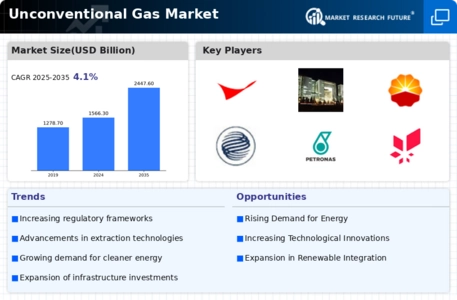
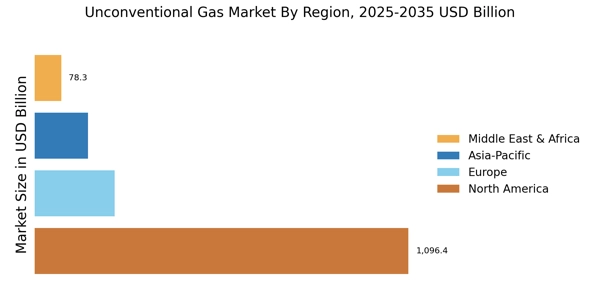
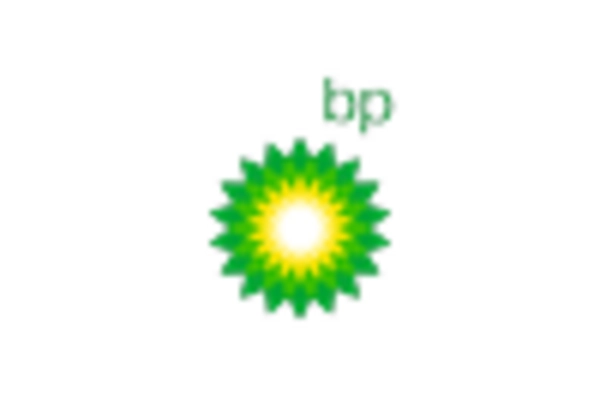
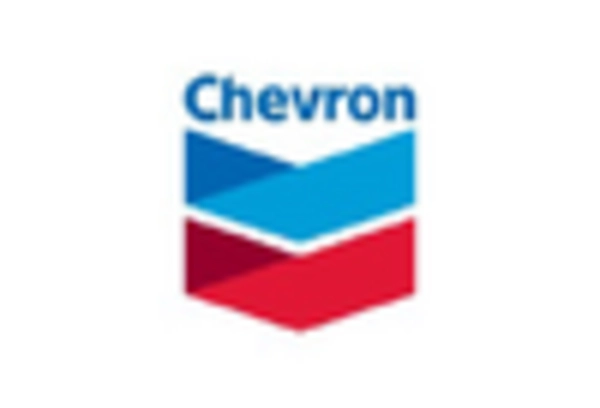


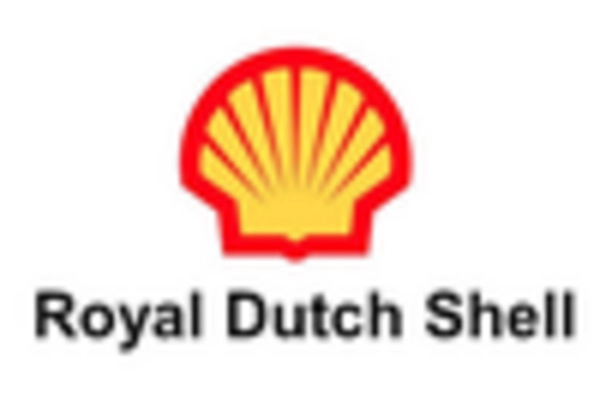









Leave a Comment